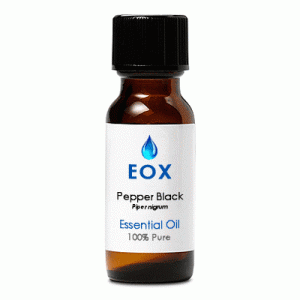|
Characteristics:
A water-white to pale olive mobile liquid with a fresh, dry-woody, warm, spicy scent. It blends well with frankincense, sandalwood, lavender,
rosemary, marjoram, spices and florals (in minute quantities).
Principal Constituents:
These are naturally occuring in the essential oil.
- monoterpenes
- thujene
- pinene
- camphene
- sabinene
- carene
- myrcene
- limonene
- phellandrene
- sesquiterpenes
- oxygenated compounds
General Actions:


 Open Symbols Key
Open Symbols Key
Analgesic, antispasmodic, antitoxic, aperitif, aphrodisiac, carminative, diaphoretic, digestive,
diuretic, febrifuge, laxative, rubefacient, stimulant (nervous, circulatory, digestive), stomachic, tonic.
Safety:
Non-toxic, nonsensitizing, irritant in high concentration due to rubefacient properties. Use in moderation only.
Primary Therapy Agent:
Chilblains, slack tissue, arthritis, debility/poor muscle tone, muscular cramp, muscle stiffness, poor circulation, low blood pressure,
chill, constipation, sluggish digestion.
Secondary Therapy Agent:
Rheumatism, strains, sprains, catarrh, coughs, colic, cramp, gastric spasm, heartburn, indigestion, flatulence, loss of appetite,
nausea, vomiting, frigidity.
Important Note:
The information on Florapathics.com is
only provided for educational purposes, and further research should be done
on each essential oil to be assured of its proper usage for each individual.
Aromatherapy is not meant to be a replacement for care under a qualified
health professional, but should be considered a complimentary modality.
|








